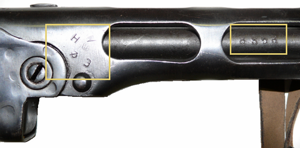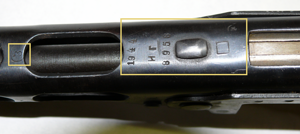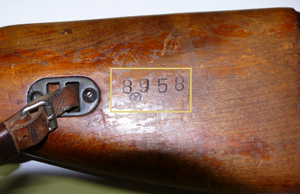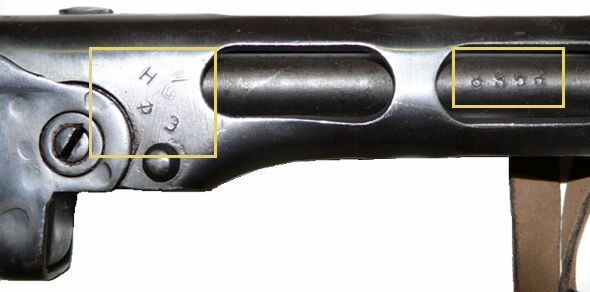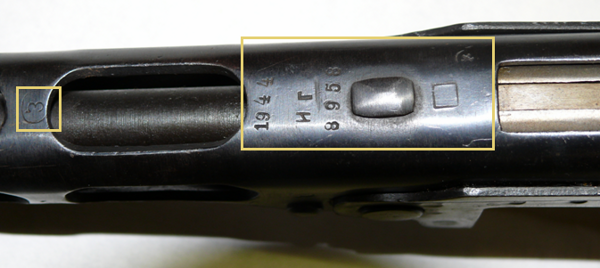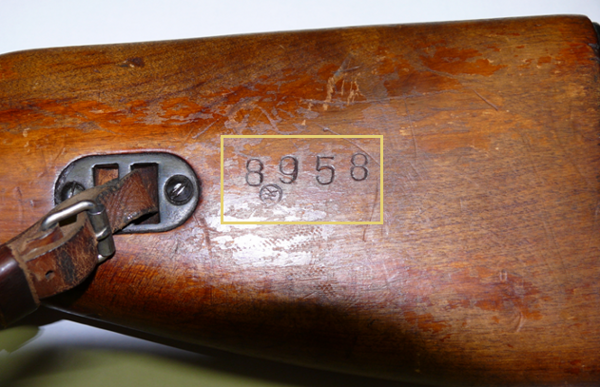The PPSh 41 was one of major infantry weapons of the Soviet troops during the World war 2. Retired from Soviet Army service soon after the WW2, the PPSh was widely exported to some pro-Soviet countries around the world, including China, Vietnam and many African countries. It was an effective, but somewhat crude weapon, reliable in combat but not without certain flaws. It has an excessive rate of fire, and its drums were uncomfortable to carry and prone to feed problems once the spring is weaken. The weapon was in service with several armed forces, both regular and irregular, and it can be found in many countries in Asia and Africa. Nearly 6 million items were produced.
 © BwVC
© BwVC









